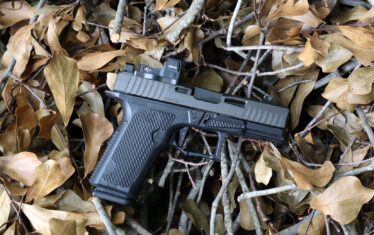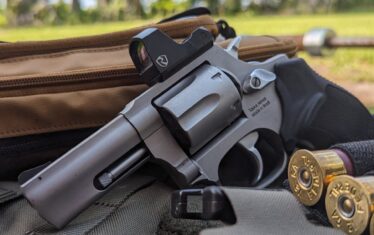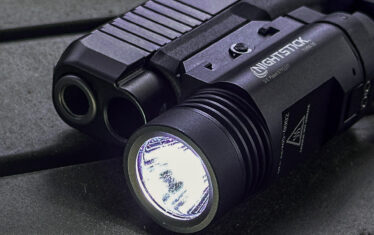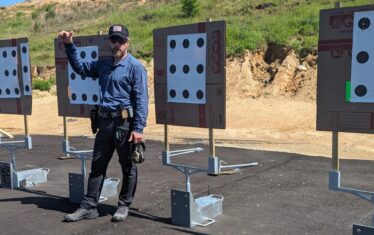Animals have marched to war with man since before recorded history. Horses, donkeys, mules, camels, and even elephants have hauled men and supplies, while pigeons carried messages. However, no animal has maintained a place alongside man like the dog. The loyal companions tracked enemies, guarded prisoners, and protected soldiers.
The use of dogs for military purposes dates back to antiquity, and even today, the U.S. military retains a K9 Corps.
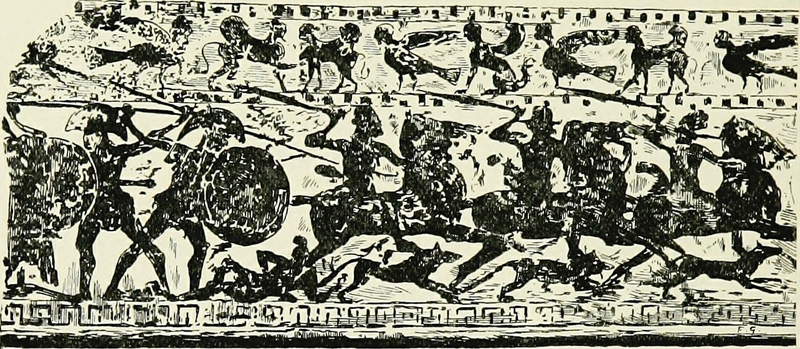
Truly the dog proved to be man’s best friend, even if the friendship wasn’t returned. The best-known example was during the Second World War when the Soviet Red Army trained dogs to be fitted with mines or other explosives and to run under enemy tanks to act as unwilling suicide bombers. However, the program quickly ended as the dogs tended to run toward familiar Russian tanks — likely due to the different fuel smells of the German vehicles!
While animals have largely disappeared from the battlefield — with a few exceptions — horses, camels, and notably dogs still have a place serving in both the military and law enforcement.
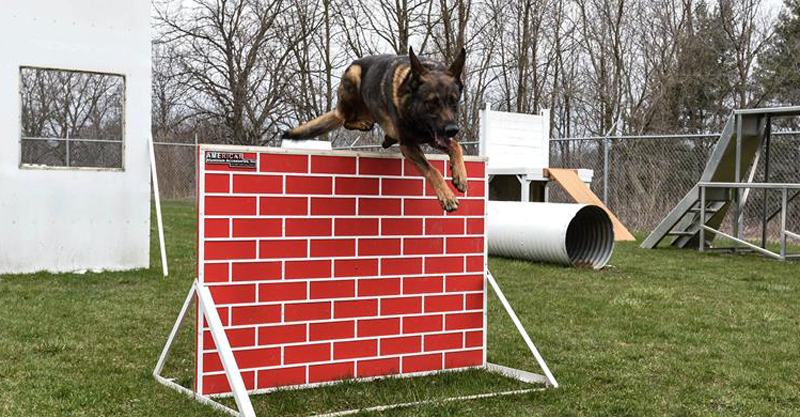
The Origins of the Police Dog
It remains debatable when the first “legal beagle” came onto the scene, but it probably wasn’t a beagle! Some sources suggest that the earliest dogs employed in law enforcement were in the 14th century in France, where hounds were tasked with guarding the docks of St. Malo. Dogs continued to be used in that capacity until around 1770.
Around the same time dogs were guarding the piers in France, bloodhounds were first used in Scotland to hunt down poachers. Dubbed “Slough dogs,” this reportedly led to the origin of the term “sleuth.”
Dogs continued to be used as guards and to aid in catching fugitives, but among the earliest police dogs was a terrier named “Jack,” who was known to assist the St. Louis Police Department in the years after the American Civil War. As the story goes, Jack wandered into the Third District station and immediately befriended every patrolman. He would routinely go on patrol — and even suffered wounds on at least one occasion while helping disarm a suspect.
Other police departments throughout the United States, Canada, and Europe saw dogs that were essentially mascots that went on patrol.
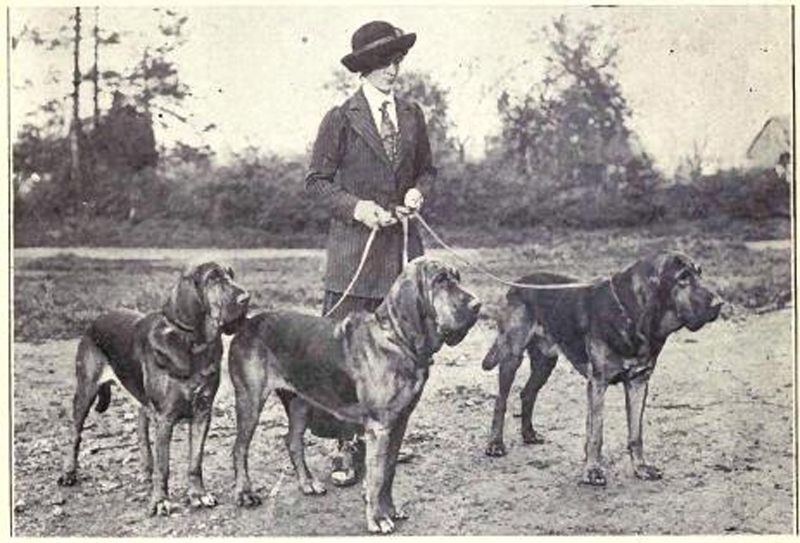
Yet, it wasn’t until the late 19th century that dogs were formally adopted as an official component of a police force. This first occurred in 1899 in the city of Ghent, Belgium, due to a shortage of officers. Ghent Police Commissioner E. Van Wesemael bought 10 six-month-old Swiss-Belgian sheepdogs, which underwent a rigorous three-month training program. The dogs weren’t paid, of course, but received two daily meals as well as a “midnight snack,” plus routine veterinary care.
Given that many people in the working class put in 12-hour or longer days just to put food on the table in many European cities, the dogs were treated reasonably well. The dogs went on nightly patrols with human officers from 10 pm to 6 am in some of the worst areas of the city, and the program was such a success that the program was expanded.
Most of the dogs in the K9 unit consisted of Belgian sheepdogs and wolfhounds after it was found that the breed worked best — the sheepdogs were loyal to the officers, level-headed, quick of mind, and “unforgiving” to a threat! They were trained to identify victims from suspects, taught to follow suspicious-looking individuals, and even trained to swim to rescue someone from drowning.
Within a few short years, interest in the program caught on, and it spread first to Germany, where large cities first began to adopt K9 units, and by 1910, more than 600 municipalities employed dogs to assist officers.
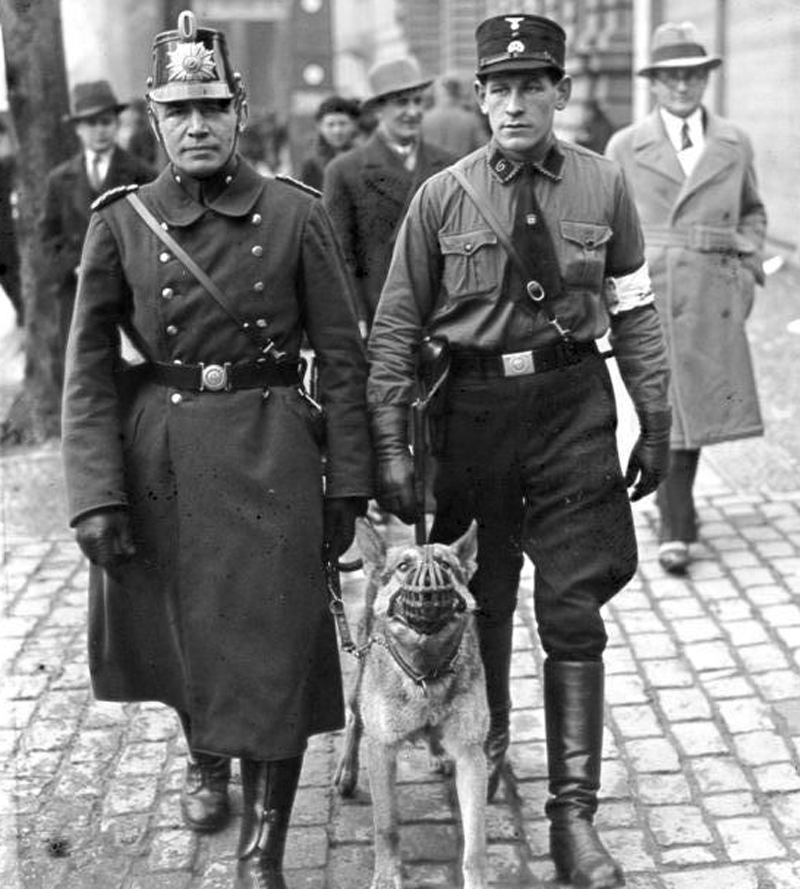
K9 Units in America
The success seen in Europe garnered interest from several American cities. It has been suggested that immigrants who had been in foreign police departments and found work in the United States recommended similar programs. Not surprisingly, New York City was among the first American communities to consider adding a K9 unit.
In May 1907, Brigadier General Theodore A. Bingham, who was the police commissioner for the New York Police Department (NYPD), was attracted to the idea at the urging of Deputy Police Commissioner Arthur Woods, who cited the brutal rape and murder of 15-year-old Amelia Staffeldt. Though a suspect was found and confessed, he later recanted. Two separate grand juries refused to indict the suspect, and Staffeldt’s killer was never brought to justice. Woods argued that a bloodhound or similar dog could have aided the investigation, and would have found the killer within hours.
Woods had traveled to Ghent, Paris, and Brussels to study Canine training in those cities, but found the dogs in the Ghent K9 unit were able to operate almost independently. NYPD Lt. Inspector George Wakefield, an expert on dogs, was then sent to follow up and further study the operations.
Five sheepdog pups were sold to the NYPD but first trained in Belgium. One sadly didn’t survive the trip to America but was replaced by an American-born Airedale. The initial results were mixed at best, as was too often the case in the early stages of K9 units. This was due to the training — officers in civilian clothing would tease the dogs, and take their food away. Essentially the dogs would chase anyone not in uniform.
The dogs were muzzled so that innocent bystanders couldn’t be bitten, and the dogs were also trained to return to the officer at the sound of a whistle. Over the next several decades, other cities adopted K9 units with varying results.
K9 Units Expanded Slowly
The programs continued after the Second World War. The Detroit, Michigan, suburb of Dearborn introduced a K9 unit in 1954 but also hired a former United States Marine Corps trainer to teach the necessary skills to four German shepherds. The dogs, along with four patrolmen who volunteered as handlers, received six months of extensive training. Instead of being taught that everyone not in uniform was a threat, the dogs could be vicious or gentle on command. In addition, the animals were instructed on how to disarm a suspect and search buildings.
The program should have been a success, but not a single dog-related incident was reported — and the dogs were sold to the Portland, Oregon Police Bureau. Though the unit was expanded, it too failed. A key fact is that the bond between canine and handler wasn’t established accordingly.
In 1956, the first two modern canine corps were established on opposite ends of the country. The Los Angeles PD established a K9 unit, but the widespread adoption of motor vehicles limited its success. On the other side of the nation, the Baltimore City PD Commissioner James M. Hepbron copied efforts employed by London’s Scotland Yard. It began relatively small with two dogs that were used to patrol the highest crime areas on weekend evenings.
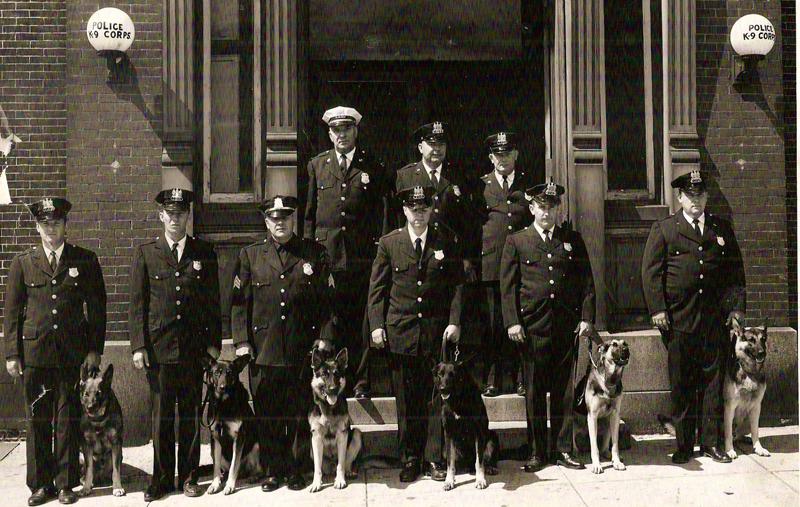
Modern K9 Units
The experimental pilot effort proved successful in that it was expanded and subsequently widely copied by other cities. Today the Baltimore PD K9 Unit consists of 27 dogs handled by 24 officers, and it includes four explosive detection canines and three search and rescue bloodhounds. The dogs provide 24/7 coverage for Patrol and Narcotics, 24-hour, on-call for both Explosive Detection and Search and Rescue operations, including for all of Baltimore County, but also when other jurisdictions put in requests.
What is also unique about the Baltimore PD program is that all dogs are donated to the city, and must be male German Shepherds that are sound of body, physically fit, neither vicious nor shy, and preferably under three years of age. The dogs are assigned to an officer and live with the officer at his/her home.
The success of the Baltimore PD’s programs convinced other cities that dogs could serve alongside law enforcement, and today hundreds of communities around the United States have canine officers. Popular breeds include German Shepherds, Belgian Malinois, Bloodhounds, and Labrador Retrievers — while law enforcement officers also use breeds that include Akitas, Boxers, Doberman Pinschers, Golden Retrievers, and Beagles. So yes, there are actually legal beagles of a sort, but they’re probably not detectives!
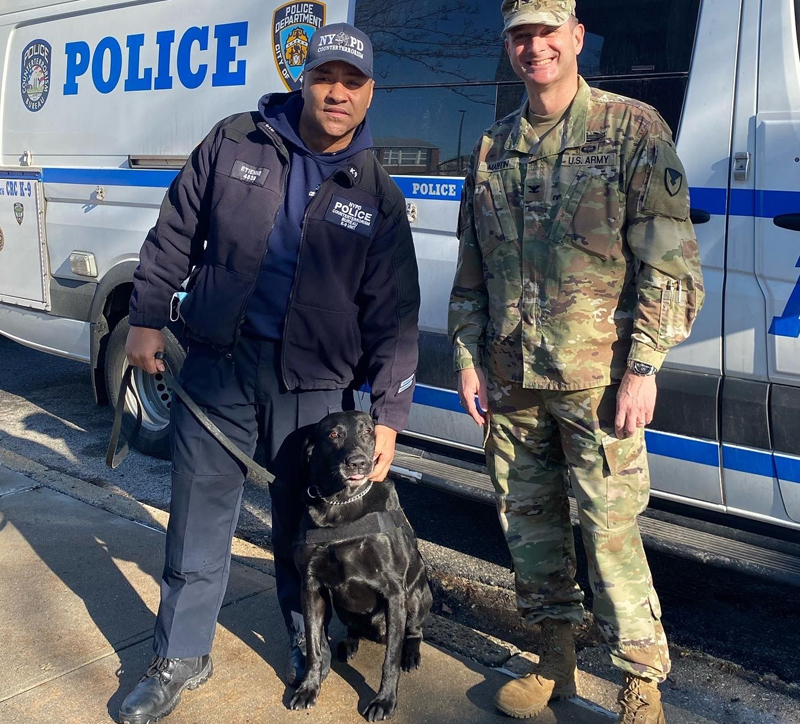
Today, police dogs are trained either as “single purpose” or “dual purpose.” In the former, dogs are used for personal protection and tracking, whereas dual-purpose can also serve as detection dogs. Some departments employ dogs that are trained to search for narcotics or explosives exclusively.
In total, there are about 50,000 active police dogs just in the United States alone. Man’s best friend helps protect the officers and civilians alike. The average career for a police dog is about six to nine years, and some departments even set up pensions so that dogs can be cared for in retirement.
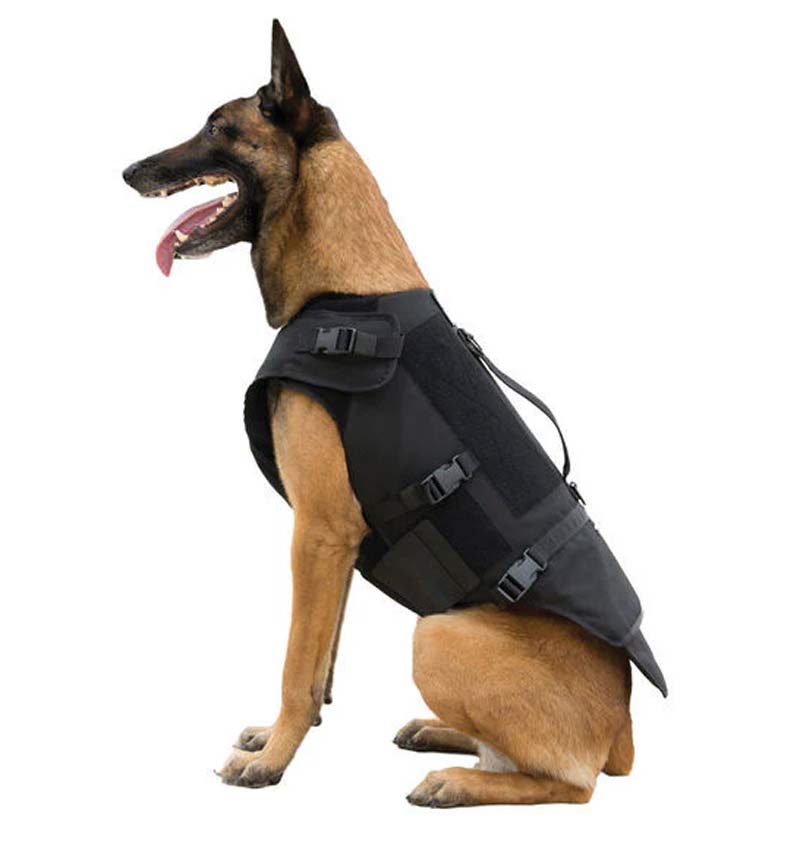
As the dogs aren’t just mascots, they’re increasingly being treated like fellow officers and with the necessary equipment that includes protective armor, paw protectors, K9 first aid kids, cooling vests, and even K9 vehicle heat alarms.
Truly, these dogs protect and serve!
